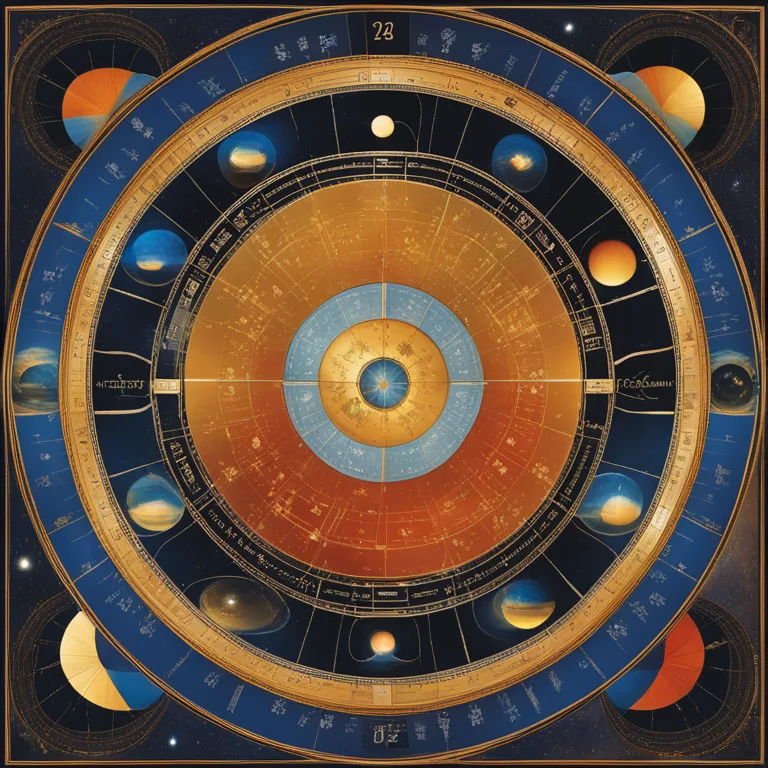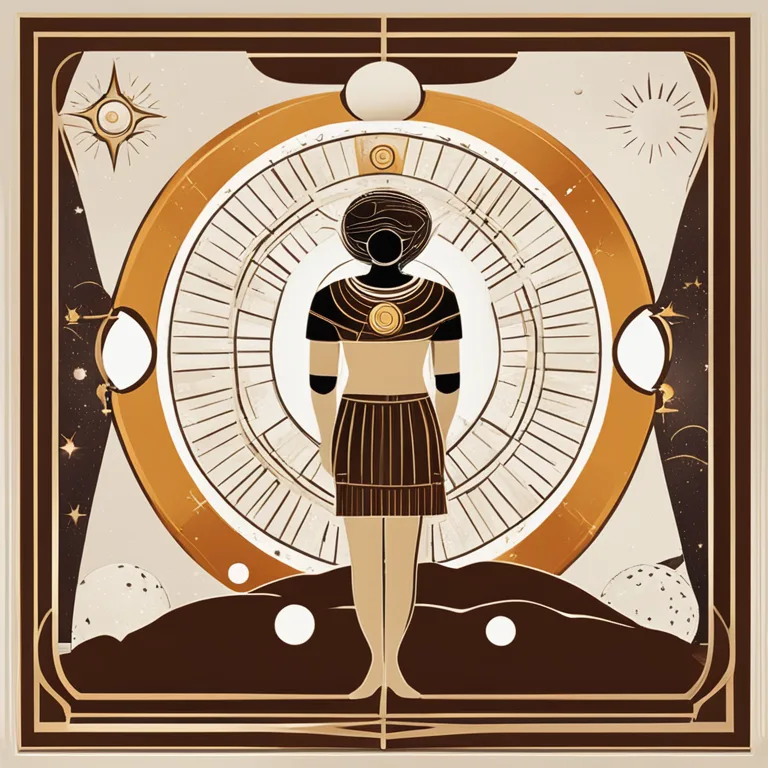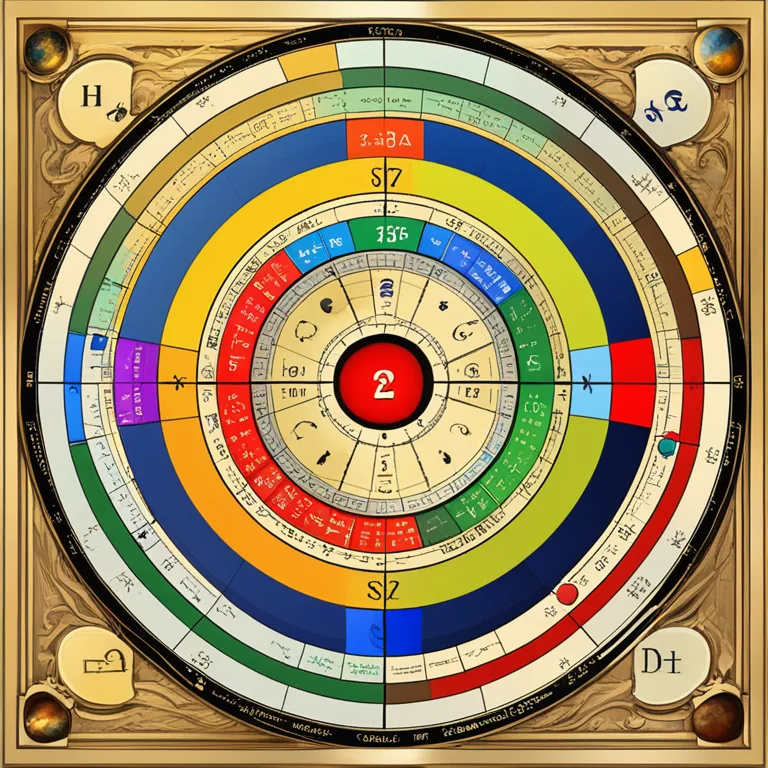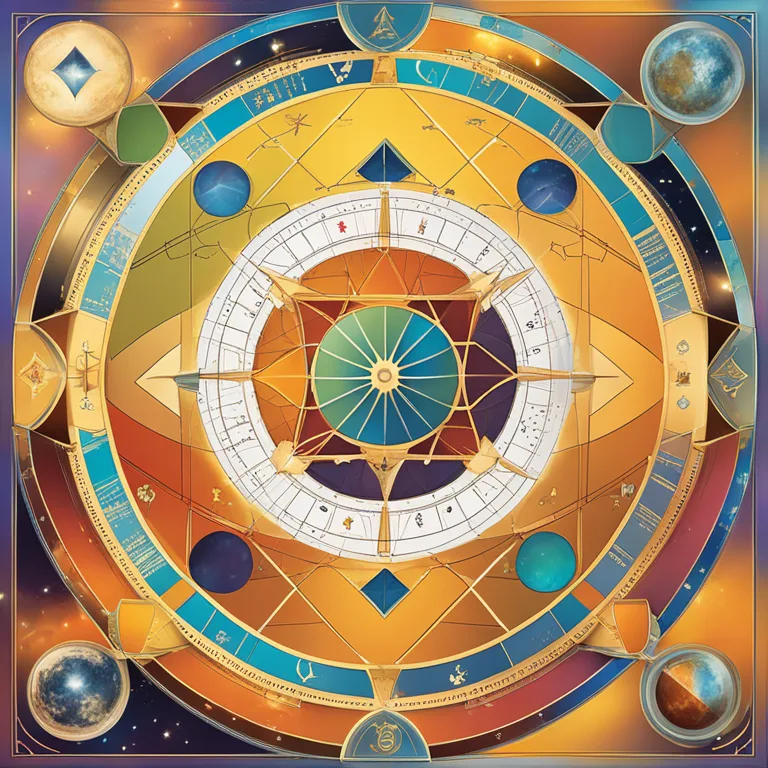
Synergy in the Stars: Birth Chart & Compatibility
Dive into the cosmic dance of birth chart compatibility to discover how the stars align for love and partnership in your relationships.
article by Priya Deshmukh
The Significance of Birth Charts in Relationships
In the mystical world of astrology, birth charts are akin to celestial blueprints, detailing the unique cosmic positions at the time of one’s birth. These charts provide fascinating insights into individual personas, potential life paths, and, most captivatingly, the dynamics of interpersonal relationships. When considering the compatibility of two individuals, astrologers meticulously analyze the interplay between their birth charts. This practice is more than just a comparison of sun signs; it's a multi-dimensional exploration of various planetary positions and astrological aspects that can influence the harmony or discord between partners.

Understanding Planetary Influences
Planetary influences play a pivotal role in shaping compatibility. The Sun sign offers a glimpse into one's core identity, but it is the Moon that reveals our deepest needs and emotional undercurrents. Love and relationships are further dissected through Venus, the planet of affection and attraction, and Mars, governing our drive and sexual energy. When two birth charts are compared, astrologers look for alignments and angles between these significant planets to determine the potential ease or challenges a partnership might face.

Aspects: Harmonious and Challenging
Aspects—the angles planets form with one another—are the heartbeat of birth chart compatibility. Trines and sextiles, considered harmonious aspects, suggest an easy flow of understanding and support between individuals. Conversely, squares and oppositions could indicate areas of friction that require work and patience to overcome. For instance, if your Venus makes a square aspect to your partner's Mars, it may result in a passionate, albeit somewhat tempestuous, relationship. Understanding these aspects can guide couples towards embracing their differences and growing stronger together.

The Role of Composite Charts
In 2024 and beyond, astrology enthusiasts might also encounter the composite chart—a single chart created by combining two individuals' birth charts. This chart symbolizes the relationship itself and provides an overarching view of its trajectory. Taking into account the current transits (the movement of planets in the sky now) against this composite chart offers a real-time glimpse into how external cosmic forces might affect the union’s development, challenges, and breakthroughs.

Synastry: The Interpersonal Astrological Synthesis
Synastry, another key component of astrological compatibility, involves overlaying one birth chart atop the other to scrutinize the inter-aspects created between planets. This intricate analysis helps in identifying where and how a couple's energies mesh or clash. The nodes of the moon can also be insightful here; for example, when one person's planet touches the other’s north node (representing life direction), it can suggest a growth-oriented partnership.
Love in the Forecast: Timing and Transits
As astrologers look towards predictions relevant from 2024 forward, transits—how the planets in the sky right now interact with our birth chart—can provide clues about auspicious times for love. For example, when Jupiter, the planet of abundance, transits a key relationship sector of your chart, it may herald a period of increased romantic opportunities. By contrast, a Pluto transit might signal transformative upheavals that could challenge but ultimately deepen the connection.
Published: 12/27/2023
Modified: 12/28/2023
More predictions
Come back here soon to learn more about yourself and your future


Moon Magic in Romance: The Impact of Lunar Phases
Discover how the lunar cycle relates to your love life and partnerships. Learn to interpret the moon's phases for harmony and connection in relationships.


Moon Phases Yoga: Aligning Body & Cosmos
Delve into Moon Phase Yoga and how it harmonizes your practice with the celestial energy of lunar cycles for spiritual and physical well-being.


How to Track the Moon’s Phases
Discover simple methods to find out the current phase of the moon for insights into astrology and biorhythms.